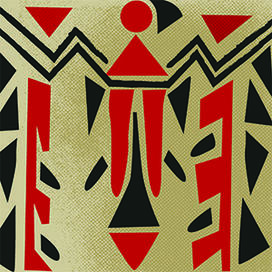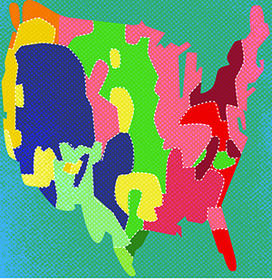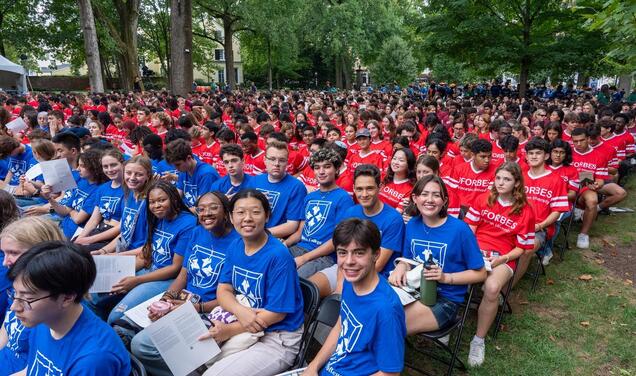
Assistant professor Elizabeth Ellis, the first specialist in Native American studies to join Princeton’s history department, describes her path to becoming a historian as “haphazard.” Growing up as a citizen of the Peoria Tribe of Indians of Oklahoma, she recalls, “I was familiar with one very specific narrative of Native American history” based on forced removal and assimilation. While attending college at Tulane University, she collaborated with members of the Pointe-au-Chien Tribe of Louisiana, who were applying for emergency support in the wake of Hurricane Katrina, as well as federal recognition as an independent nation.
“By starting [my work] with contemporary communities, I was able to look really critically at these assumptions we’d been making about Native disappearance and erasure,” says Elizabeth Ellis.
The experience was revelatory: “I did not realize that there were tons of Native peoples who remained in Louisiana and the Southeast,” evading removal for hundreds of years, says Ellis. Her awakened interest in this topic led her to pursue a Ph.D. in history at the University of North Carolina at Chapel Hill.
Ellis’ Work: A Sampling

Untold Histories
Ellis’ recent book, The Great Power of Small Nations: Indigenous Diplomacy in the Gulf South, examines Native nations in Louisiana, Mississippi, and eastern Texas during the 18th century. As she describes, these nations were “able to survive colonization, build really powerful polities and networks, and shape the development of the lower Mississippi Valley” throughout their early encounters with European settlers. Ellis argues that these nations relied on “incorporative political frameworks,” creating strong alliances with neighboring Native nations that allowed them to defend their territories collectively and evade forced removal and assimilation. Ellis mined archival records, Native oral histories, and archaeological evidence to create a rich portrait of these nations and their approach to diplomacy.

Significant Objects
Ellis belongs to the research team of the Reclaiming Stories project, which is focused on the early history of the Miami and Peoria tribes. The team’s current work centers on an important collection of 18th-century painted hide robes held by the Musée du quai Branly in Paris. Native peoples adorned these robes with icons and designs signifying their cultural identity and religious beliefs, and often gave them to newcomers to their lands, including European settlers. In addition to recovering some of the knowledge embedded in these robes, Ellis hopes that the project will help revive interest in the craft, iconography, and storytelling tradition of hide robes among today’s Native youth.

Rethinking Borders
Ellis also belongs to a group of scholars who are attempting to write “a new history of Indigenous borderlands in North America.” In the United States, she says, there is a tendency to view borders as natural, immutable, and exclusionary. To reframe this narrative, Ellis and her colleagues are investigating how Native peoples throughout history have understood borders, shaped by Native concepts of “migration, overlapping powers, and borders between humans, animals, and plant life.” The goal of this research is to complicate and broaden our understanding of borderlands in a historical context.










No responses yet